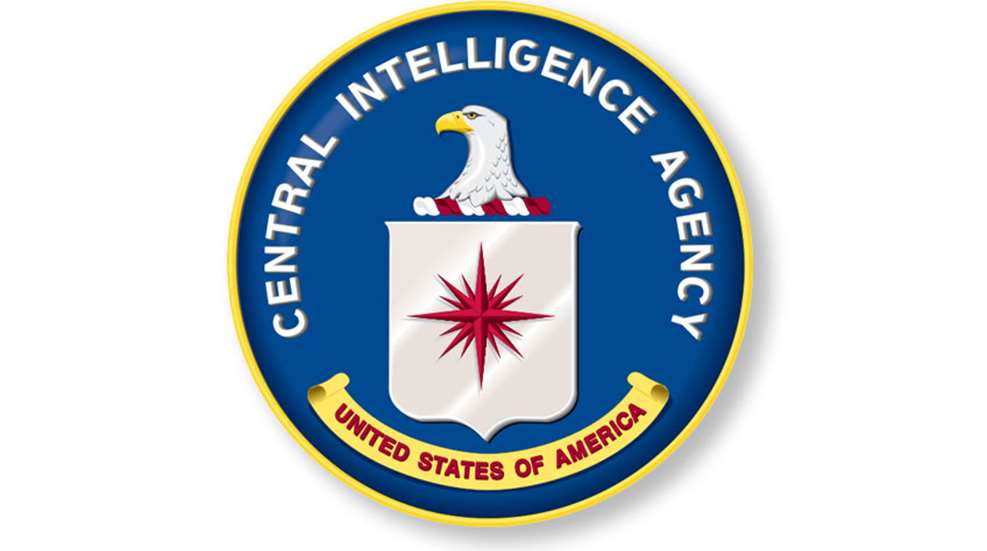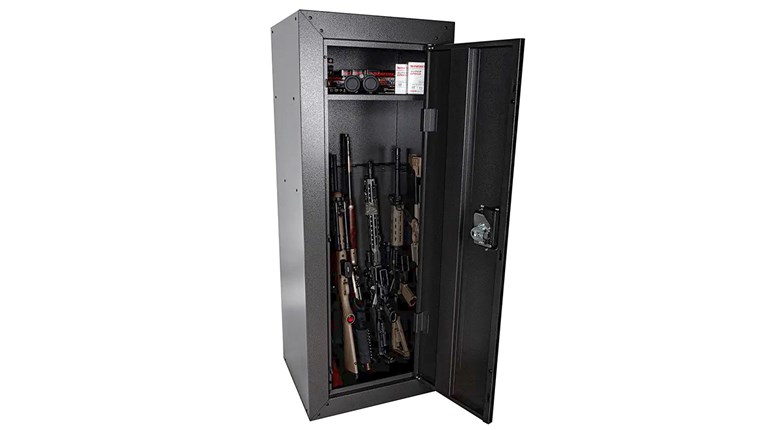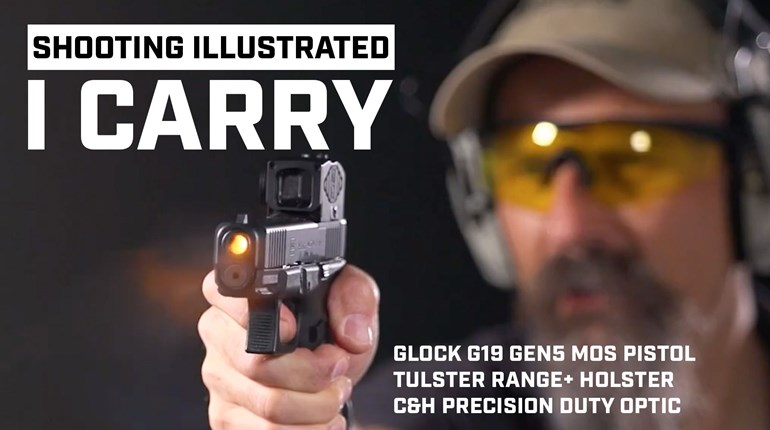
We have been at war for a significant portion of the lifespans of most of those who will read these words. The scope and intensity of our wars may have varied quite a bit, but we have been hard at it for a long time. World War II was a global conflict that saw major land battles on nearly every continent, air power evolve into a decisive force and fleets deployed all over the oceans of the globe. Since then, wars have been more localized, but never less violent. After all, a soldier who died at An Hoa was as much a loss as one who died at Anzio. In our more-recent conflicts, a greater portion of the fighting has been done by special units of the various services. A decisive blow to a major terrorist network came when a handful of SEALs landed at that now-famous compound in Pakistan. The nation as a whole seems to be kindly disposed toward the military service these days, and most deservedly so. But, there is another class of American warrior who serves under some of the most-dangerous circumstances imaginable and never gets any visible credit whatsoever.
It has to be that way, since attention is counter-productive for the field officers of the Central Intelligence Agency. By the very nature of what they do, secrecy is essential to success. Therefore, we don’t know where they are fighting, the nature of their coordinations, the face of the enemy or the means they use. For many years, they have employed assets who are highly skilled at gathering and training guerrilla forces to work against organized and uniformed military enemies. Officially, these activities must remain secret, so the CIA will neither confirm nor deny what happened. If they are wounded or killed, that remains a secret and if they are decorated, nobody hears about it. Some authors have been able to piece together enough information to write magazine articles and a few books about these people. Every reference I used in preparing this work was readily available online or at Barnes & Noble. One such guy, Tony Poe, is the subject of this column. I have run across his name for years in reading about our wars in Asia, and I just might owe him one.
Anthony Poshepny, or Tony Poe, was born in California in 1924 and grew up around Long Beach. By the time World War II got started for America, he was 18 and enlisted in the Marine Corps. Apparently of an outgoing nature, he volunteered for the Marine Corps’ fledgling airborne program and made it to one of the small Parachute Battalions, the “2nd ’chutes.” The young Marine served in the Solomon Islands campaign, but was one of those who were assigned to the 5th Marine Division, when the parachutists were disbanded. The 5th Marine Division was in the thick of it at Iwo Jima, where Poshepny was wounded. Honorably discharged after the war, he went to college at San Jose State, where he also became a champion golfer.
After college, he applied to the FBI, which saw his record and sent him down the street to the CIA. Tony had found a home and after training, was dispatched to Korea to train behind-the-line guerrillas. He was quickly recognized for his unique ability to work with Asians and went on to other covert work when the Korean War ended. Much of his work was successful, which we never heard about. It is well known that he was active in Indonesia when Sukarno was becoming a problem and had to be extracted by submarine when our effort there went south. Southeast Asia was becoming a hotbed of revolution in the early ’60s and Tony Poe (as he was now known) worked out of a secret base in the Colorado Rockies, where he trained Asian nationals for missions in China. He was involved in the planning and training for the safe transfer of the Dalai Lama out of Tibet. Then came his time in Laos.
Poe had become exceptionally valuable as a trainer of irregular troops, as he understood Asian cultures and was willing to live among the hill people for years on end. Tony Poe married a prominent Asian woman and stayed with her until his death in 2003. To this day, he is revered by the hill people of Laos. He may have been too willing to take command and lead from the front, and that allegedly infuriated his superiors. He was loud, impetuous and crude, inclined to rough speech and strong drink. His fighting style was cruel and barbaric, more like that of Attila the Hun than a sophisticated operative of a modern civilization. But he got it done.
And what was he doing? Tony Poe’s work in Laos in the ’60s was largely focused on interdicting the Ho Chi Minh trail. His guerrillas repeatedly hit the complex system of roads and trails by which the North Vietnamese supplied the war in South Vietnam. In response, the NVA high command was forced to station thousands of troops to defend the trail—troops that were not in South Vietnam, fighting us. Poe was not, by the way, the only American hard at this work. The CIA had a number of dedicated officers advising U.S.-allied barefoot irregulars under the worst-possible conditions.
I was in Vietnam in ’65 and ’66 and dealt with whatever came my way. Had it not been for Poe and his buddies doing their thing, I might have had it a lot worse—so I might just owe him. We had heard rumors of “our people” over on the other side of those purple mountains to the west. Details were not then available, but now are. They tell us of a crusty old Marine who got in so many bar fights he habitually carried a boxer’s mouth guard in his pocket. As flawed as it might have been to those who criticized it, Tony Poe’s life was spent in the service of his nation. He knew his fightin’ iron.




































